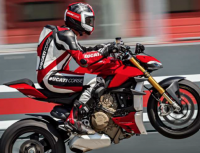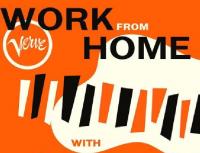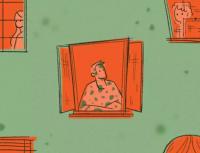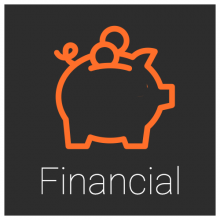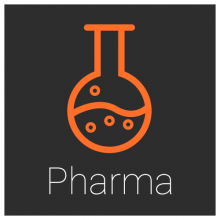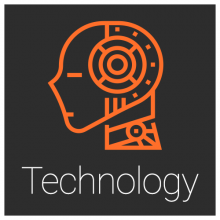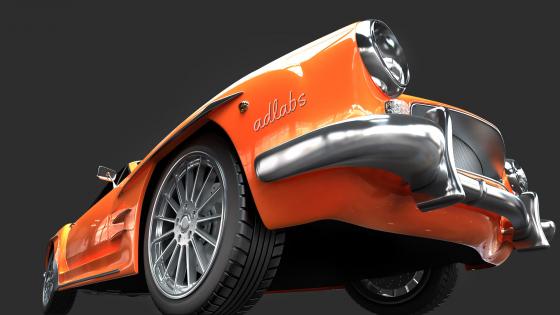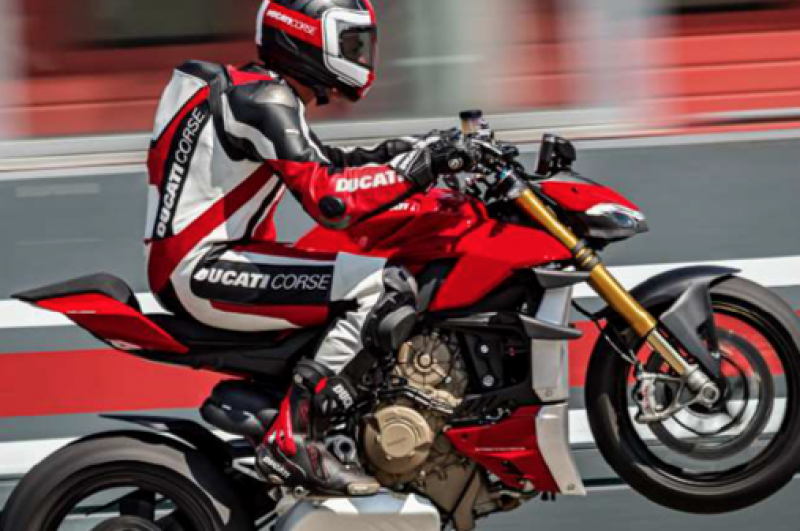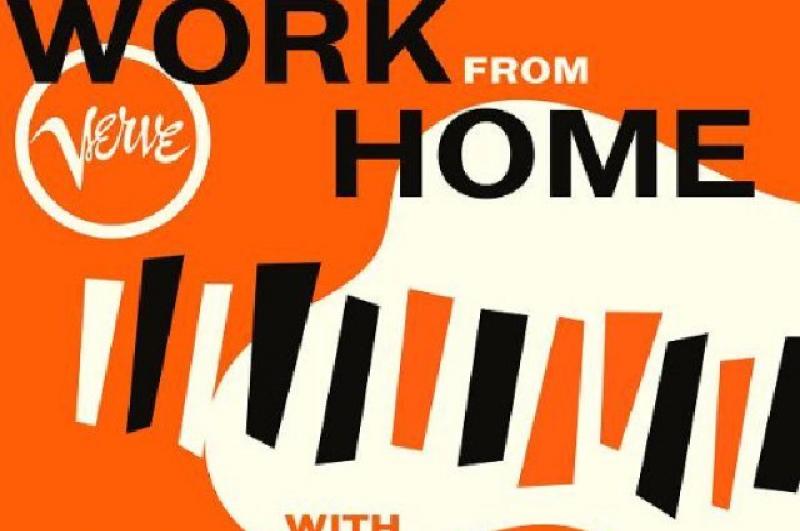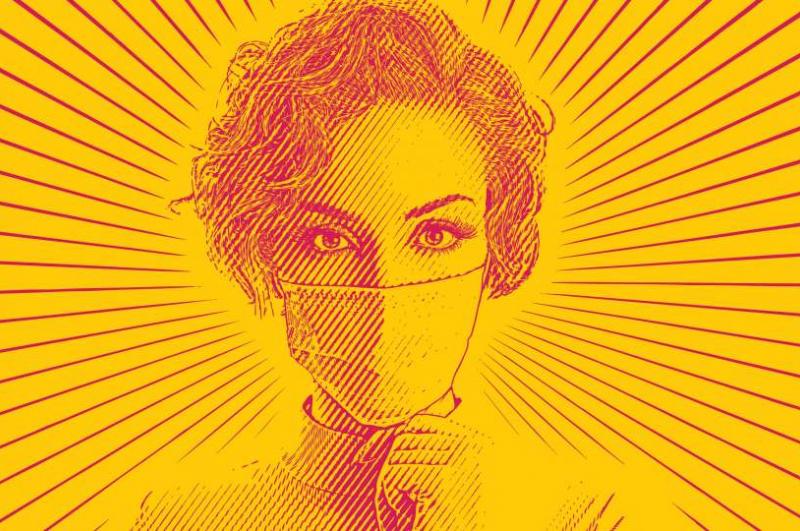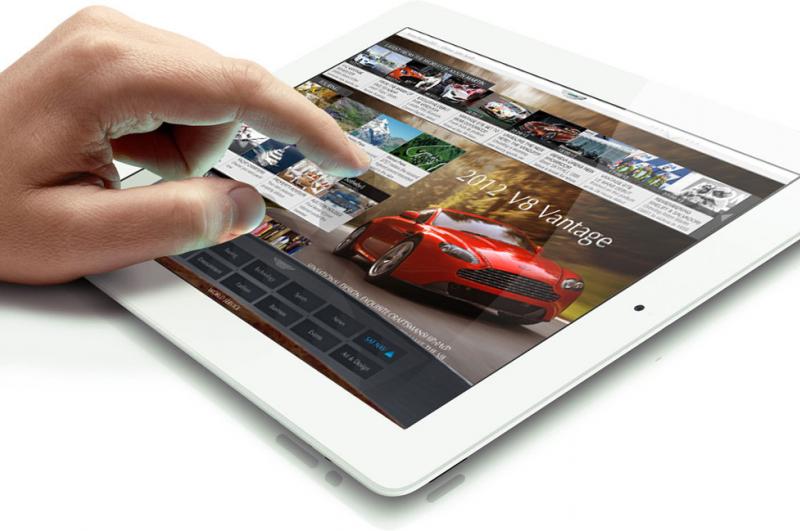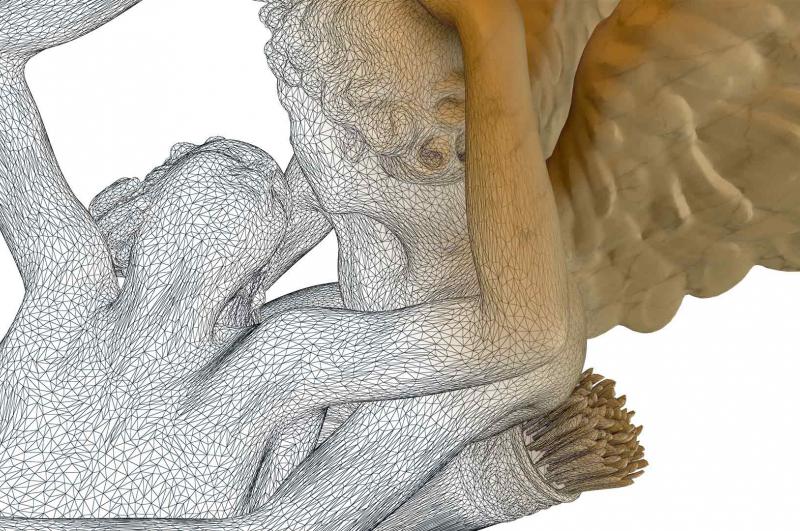To page take over or not to page take over...that is the question...
So you go to your favourite website for news on your particular interest in life (sports, technology, games etc.). You’re used to mentally screening out the banner ads on the page – they’re always in the same place and seem the same. You’re about to check out the latest news when suddenly the web page opens up to reveal some strange new ad you’ve never seen before.
These are full page takeovers–an immersive ad experience that hijacks the page for a few seconds. They emerged due to increasing pressure on advertisers to be entertaining enough to cut through the daily clutter of the online world. They make a much bigger impact, are more easily remembered and get more interaction than banner ads. As an agency, we have to admit to having done a few of these over the years like the Ford example on this page. I am not saying that we like them here at Adlabs, just that we have been asked to create them!
Also given other names such as website takeovers, rich media takeovers, page morphs or overlays, full page takeovers are appearing more frequently all over the web. They run the fine line between having web users who think they are annoyingly intrusive and those who think they are really cool.
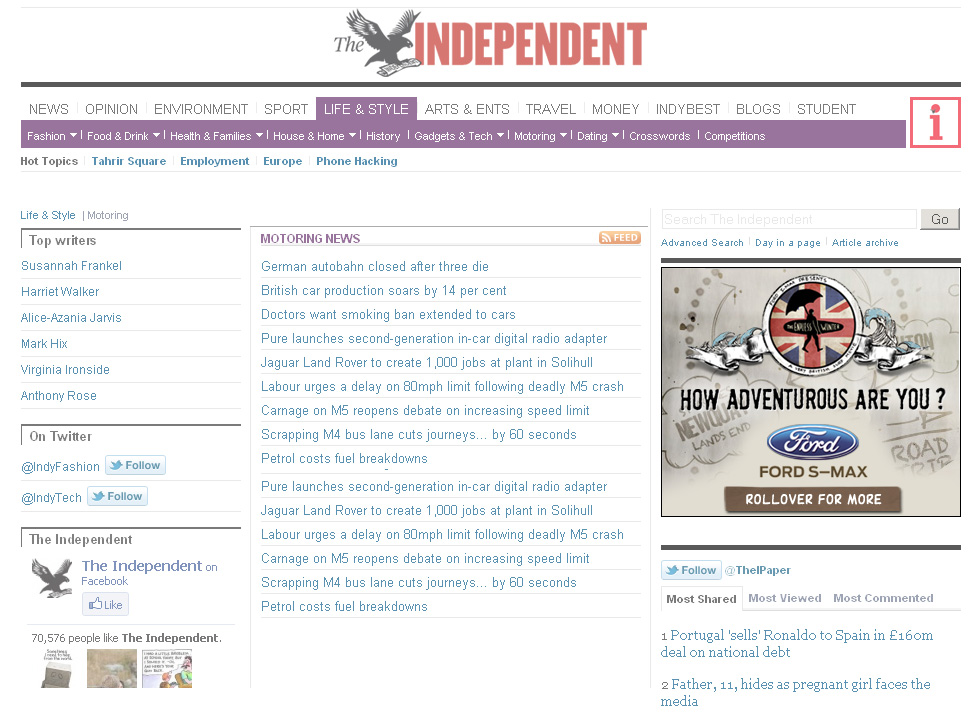
As with all new art forms they tend to replicate a previous art form e.g. early silent films mimicked theatre productions and early TV replicated radio. So too, with the web, as most publishing sites mimic newspapers and magazines. Most web terminology even comes from its print predecessors. Animated ads may be more eye-catching but their placement is still treated like press ads.
The notion of webpages being finite like paper is a misnomer. Really, the web experience is more like a window onto a layered digital world made of pixels; emphasizing what is unique to the web as an art form, it can appear to change format, often tricking the eye into reacting as though it was a real world object in the process. The size of the canvas available to play with is big, both physically and metaphorically. Thus the web context is key for full page takeovers to be successful. In fact the Ford example shown here is actually so involved that it may as well be its own site rather than a full page takeover.

A good full page takeover tells a story in about 8 seconds (the usual length before the ad experience automatically closes). Some kind of story needs to remain in the mind once the ad ends. The user may remember the experience but not necessarily the details. This kind of subconscious impact is more appealing to an individual and drives them to want to do something such as clicking to learn more, watch a video, etc.
Because they are so intrusive, a good full page takeover needs to create a sense of awe so the user thinks ‘how did they do that?’. In order to elevate the brand in a user’s mind, a takeover should not be gimmicky but rather it should use an effect that is intrinsic to the brand.
It should keep some part of the original page visible, even if it is just the masthead. This keeps the eye engaged and avoids the user feeling like they have been sent off to a new site unexpectedly. Clients may feel they have a larger canvas in which to put their brand but, in reality, the average user finds it annoying since they would rather be enticed to the experience and not driven unwillingly to it.

We hope that "The Page take Over" comes to an end soon. If done well, they really can get through to the user. The numbers back this up as takeovers have a much higher click through rate (2–3%) compared to the average for banner ads (0.01%). However, users are already becoming jaded by full page takeovers, as they tend not to be targeted.
So what will happen then? As in all art forms something else will replace them either technologically or new thinking on how they should be handled will emerge (or, more likely, both). However, no matter what comes along to replace full page takeovers, it will still need to tell a story intrinsic to the brand and still retain that sense of wonder in the user to be effective.


